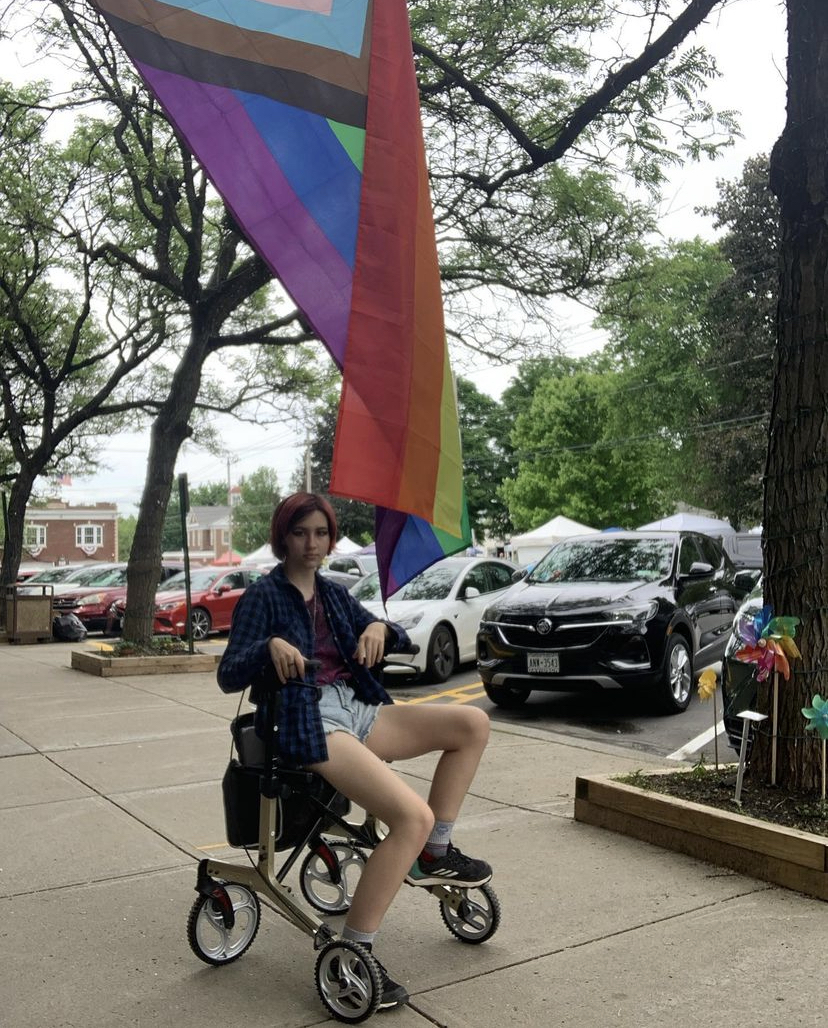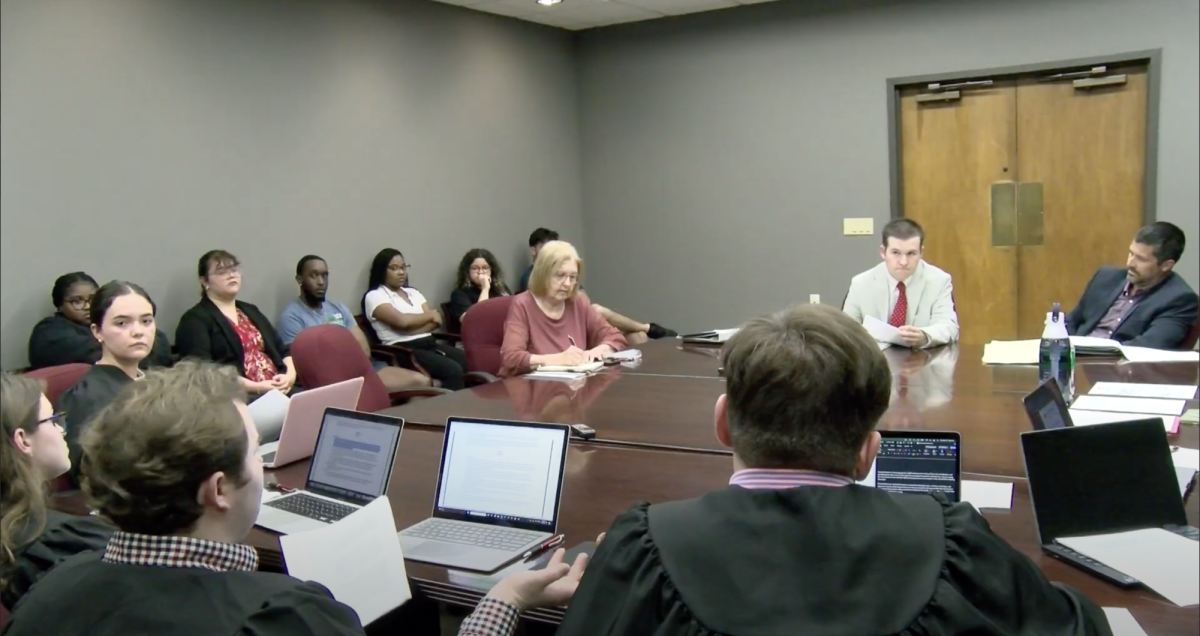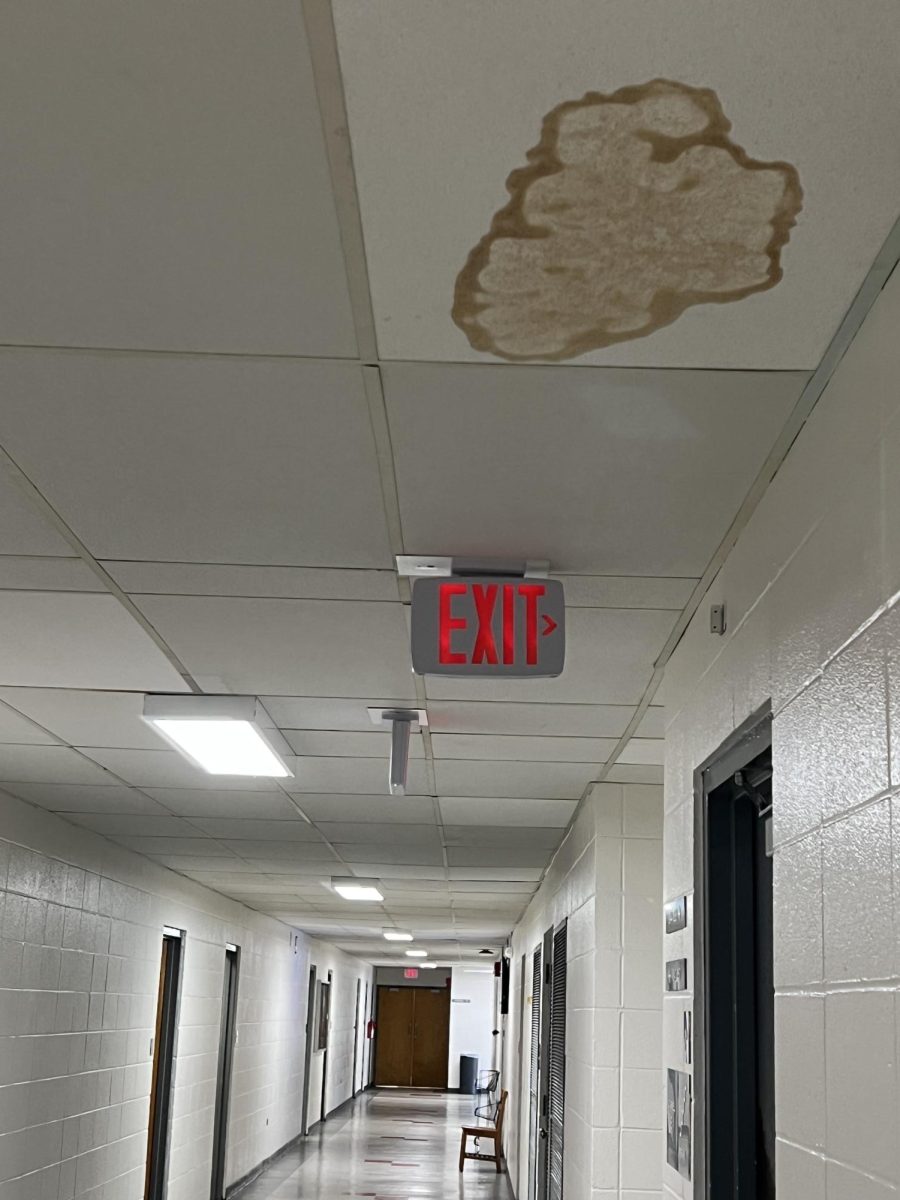The pro side prevailed in a vote of 149-50 at Monday’s speech forum under the topic “Resolved: that displaying the Ten Commandments and other religious icons in public places should be allowed.”
Jeremy Giambrone, computer science sophomore from Donaldsonville, was the principle speaker for the pro side and Todd Vachetta, freshman from Vacherie, spoke for the con side. Student Government Association Vice President Jana Stewart moderated the forum.
Giambrone opened by quoting the First Amendment to the Constitution, commenting that it is one of the most important elements of our law system today and states that religion should neither be promoted nor demoted, but that church and state should be separated.
“I believe the Ten Commandments and other religious icons should be allowed in public because they are our heritage as American citizens and the basic principles that they teach represent hope, peace, righteousness and tolerance,” Giambrone said.
Giambrone supported his opinion by explaining that the founding fathers came in hope of religious freedom and based the law system on morals and teachings from religion of the colonies. He said one religion should not be embraced more than any other, but they should all be embraced equally because they all have a basis in our law system.
Giambrone said the reason the Alabama courthouse was required to remove the Ten Commandments shrine was because it was promoting Christianity above other religions. The Ten Commandments displayed in a Philadelphia courtroom that had been there for 70 years was allowed to remain, because it was considered historically significant and brought heritage to the community.
“It is not about religion but more of the context of the display,” Giambrone said. “The Ten Commandments teach us very basic morals that we all should follow.”
Giambrone said prohibiting the display of religious articles would take away from freedoms of American citizens. He explained that Judge Roy Moore of Alabama stated that “if the rule of law means to do everything a judge tells you to do, we would still have slavery in this country…the Declaration of Independence would be a meaningless document.”
Giambrone concluded by referring to the presidential inaugural ceremonies that require the president to place one hand on the Bible and say, “so help me God.”
“If religion is so meaningless why is it so important to judicial practices?” Giambrone questioned.
Vachetta began the rebuttal by quoting James Madison’s views on religion and government existing in greater purity when separated.
“I agree with the ordinances of the Constitution and firmly support the idea in the words of Thomas Jefferson that ‘the Constitution erects a wall of separation against religion and state’,” Vachetta said.
His first main point was that the First Amendment guarantees that a citizen may worship God in a way that is not contrary to a person’s individual beliefs or for a person not to worship at all.
“Religious toleration is not religious freedom. Non-mainstream religions in America have the same rights by law as mainstream religions,” Vachetta said.
His second point was that Article 6 of the Constitution guards against a majority intrusively influencing civil government.
The third point Vachetta expressed was that the United States was not founded as a theocracy, in which a divine authority governs the nation.
“Display of religious icons in public places violates every American’s First Amendment rights, whether it be a nativity scene, a depiction of the Ten Commandments or a tall, white wooden cross set aflame in the night in a public park,” Vachetta said.
The floor was then opened for audience comments.
Pearl LeCompte, elementary education sophomore from Vacherie, argued against audience members who stated that displaying the Ten Commandments infringed on citizens’ rights.
“What about my rights? I should have the right to walk into a courthouse and see the Ten Commandments. If you don’t want to look at it, don’t look at it,” LeCompte said. “We started taking God out of everything. We took God out of school, and then we wanted to take God out of the pledge. What’s next?”
Johnny Smith, elementary education senior from Thibodaux, spoke in opposition of those who said not displaying the Ten Commandments was not Christian-like.
“We’re not trying to tell you that if you take out the Ten Commandments from schools or playgrounds or public buildings that you are a bad Christian,” Smith said. “We are saying to let us be who we want to be and not try to shove it on us.”
After the audience debate ended, a speaker from the pro and con side of the audience were chosen to give concluding remarks.
Christopher Friloux, freshman from Raceland, concluded for the pro side quoting Bible verses and stating that our founding fathers believed they were chosen by God and that is why they came to America.
“I challenge anyone to put up all religious symbols right next to my Bible and see who wins,” Friloux said.
Hollie Garrison, mass communication senior from Thibodaux, concluded for the con side asking who would be offended if she set a cross afire with the baby Jesus on it in Peltier Park.
“Some religions in this country who practice, and have every right to live here, find the Ten Commandments as offensive to them as burning the baby Jesus in the park would be to you,” Garrison said.







